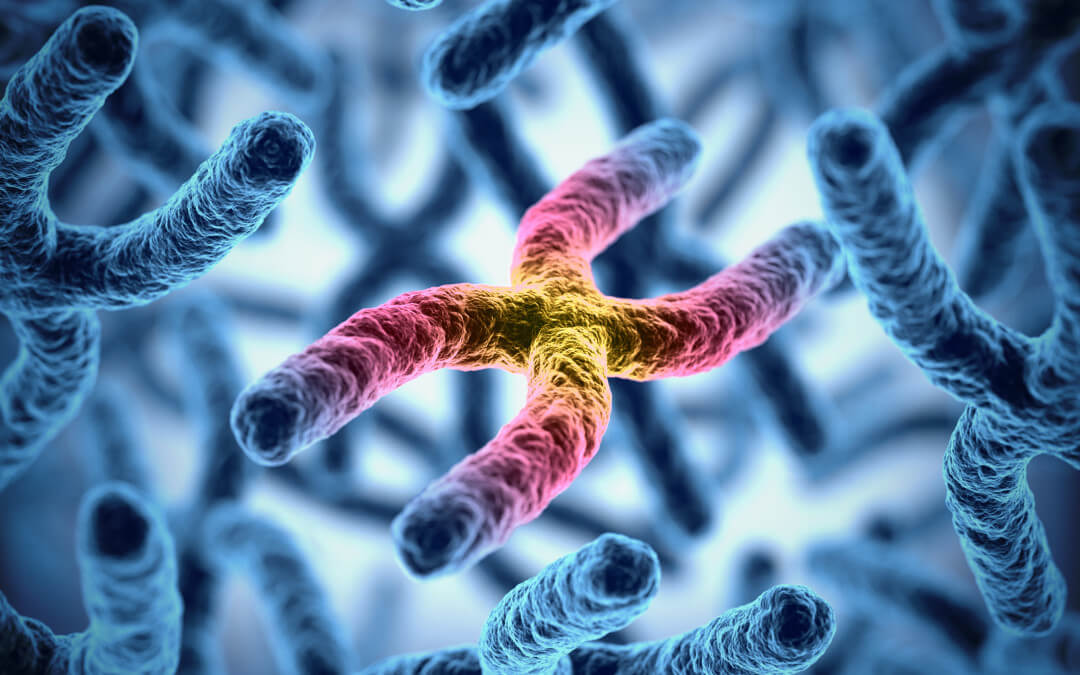Here we look at Hurler Syndrome, a rare genetic metabolic condition.
The metabolism is the chemical process by which our bodies convert the food we eat into fuel to keep us alive. The types of food we eat can be categorized in to carbohydrates (sugars), fats and proteins. Each substance has its own special enzyme in the digestive system which can break it down so the body can utilise it. In the case of those with Hurler Syndrome, the body is unable to break down a particular sugar called mucopolysaccharide.
Children with Hurler Syndrome are missing an enzyme called alpha-L-iduronidase which is essential in breaking down the mucopolysaccharides called dermatan sulfate and heparan sulphate[1]. Since the cells in the body of Hurler Syndrome sufferers are unable to effectively break down the mucopolysaccharide it remains stored in their cells which causes progressive damage. Unfortunately this means that the damaged caused to these children is not immediately obvious and symptoms only become apparent with increased cell damage.
Hurler Syndrome is a genetic condition caused by a recessive gene, for a child to have Hurler Syndrome both parents must carry the recessive gene. Thankfully Hurler Syndrome is so incredibly rare that the odds of a child being born with Hurler Syndrome are 1 in 100,000.
While there is currently no cure for Hurler Syndrome, enzyme replacement therapy (also known as ERT) can help to make the illness more manageable. In conjunction with enzyme therapy, or indeed as a standalone treatment, allogeneic stem cell transplants (from either cord blood or bone marrow) are also offering an effective therapy for sufferers of Hurler Syndrome.
For families where Hurler Syndrome is present, cord blood banking could be an astute choice as this increases the odds of a suitable stem cell match being found within the family.









